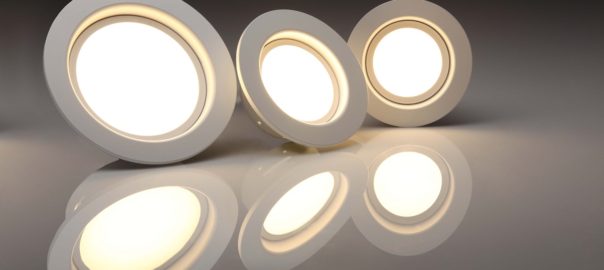
When most people think of LED bulbs, they automatically think of a longer-lasting, more efficient bulb. While this is true, LED technology introduces some drawbacks that have to be noted.
Each year, bright city lights impact the environment in many ways that remain unseen by the average person. Today, energy-efficient bulbs are playing a rather significant role in the disruption of ecological cycles. Of course, all of this has to be weighed against the benefits of using LED technology to mitigate climate change, which certainly disrupts ecological systems itself.
The Impact of Artificial Light
Since 2012, the total artificial light on Earth has brightened the planet 2.2 percent every year. The most notable changes occurred in Asia, Africa, and South America.
This increased light is putting large amounts of stress on plants, animals, and even humans, disrupting ecological cycles. Currently, this excess light disrupts:
• Reproduction patterns
• Night habits (sleeping, hunting, mating, etc.)
• Migration patterns
• Biodiversity
The fact is, the artificial light doesn’t just affect one or two species. It includes many different species including bats, birds, fish, amphibians, insects and others.
Light Color Impact
As infrastructure increases globally, we introduce artificial lighting to a larger and larger area. Developing countries chose LED lighting as a long-term, more sustainable lighting solution. However, a huge problem with first generation LEDs is their color. Making the switch from sodium lights that are orange-yellow in color, to the higher powered, bluish-white LEDs worsens light pollution. Blue light can scatter farther into the sky, which makes it more dangerous to both mammals and insects.
Additionally, this change in bulb color means that most studies are underestimating the emission of artificial light in areas that are lit by LEDs. Currently, the VIIRS (Visible Infrared Imaging Radiometer) satellite sensor being used only detects light in 500 to 900 nanometer bands, meaning it can’t “see” blue light and takes place at wavelengths under 500nm.
What’s the Solution to LED Light Pollution?
Manufacturers have released warmer colored LED street lights that decrease light pollution and its ill effects. Low-income regions that invested significantly in high intensity LED lighting now face the question of how to pay for replacing them with newer, warmer colored LED lights. Changing to the newer technology and choosing the warmer lights in new construction projects will slow the trend toward increased light pollution. Smart lighting with timers, motion sensors, and different light settings can further reduce excessive glare from our modern, well-lit world. At Premier Lighting, we’re dedicated to innovative lighting designs.

